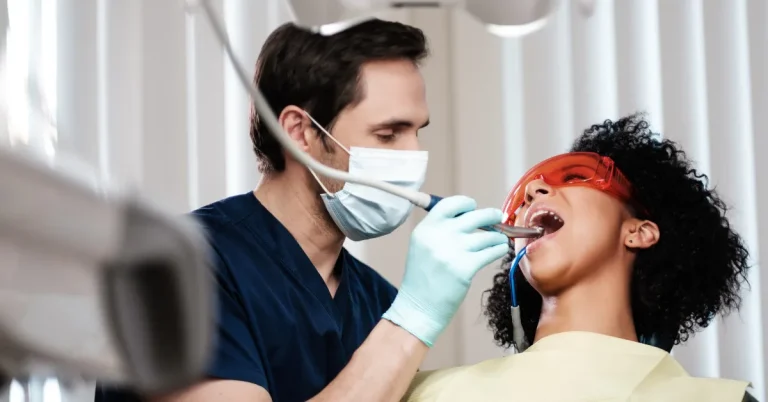
The Complex World of Oral Microorganisms
The human mouth harbours a fascinating microscopic ecosystem that plays a crucial role in oral health. Understanding and managing this delicate balance has become a cornerstone of modern dental care, particularly at practices like the dentist St John’s Wood, where innovative approaches to oral health management are embraced.
Understanding Dental Biofilm Formation
Dental biofilm, often referred to as plaque, is far more complex than many realise. Recent microbiological studies have revealed that dental biofilm contains over 700 different bacterial species, existing in a carefully structured community that develops in stages.
The Stages of Biofilm Development
- Initial attachment of bacteria to tooth surfaces
- Formation of microcolonies
- Development of a mature biofilm structure
- Dispersal of bacteria to colonise new surfaces
Modern Approaches to Biofilm Management
Contemporary dental professionals have developed sophisticated strategies for managing oral biofilms. Advanced biofilm therapy techniques have revolutionised professional dental cleaning procedures, offering more effective and comfortable treatments for patients.
Professional Intervention Strategies
Professional dental care providers employ various methods to manage dental biofilm effectively:
- Air-flow technology for biofilm disruption
- Targeted antimicrobial treatments
- Professional mechanical plaque removal
- Guided biofilm therapy protocols
The Role of Prevention
Prevention remains the cornerstone of effective biofilm management. Clinical research demonstrates that consistent preventive measures significantly reduce biofilm-related oral diseases. When patients visit the dentist St John’s Wood, they receive comprehensive guidance on maintaining optimal oral hygiene between professional treatments. The scientific understanding of dental biofilm continues to evolve, leading to increasingly sophisticated management strategies. These developments have transformed how dental professionals approach oral health maintenance, moving from simple mechanical cleaning to targeted, evidence-based interventions.
The Impact of Diet on Biofilm Formation
Understanding the relationship between dietary habits and biofilm development has become increasingly important in modern dentistry. Research shows that certain foods and beverages can significantly influence the rate of biofilm formation and its composition. Sugar consumption, in particular, plays a crucial role in creating an environment where harmful bacteria can thrive.
Technological Advances in Biofilm Detection
Modern dental practices now utilise advanced imaging technologies to identify and monitor biofilm formation. These innovations allow dental professionals to:
- Visualise biofilm distribution patterns
- Track treatment effectiveness
- Identify high-risk areas in the oral cavity
- Monitor changes in biofilm composition over time
The Future of Biofilm Management
As scientific understanding of dental biofilm continues to advance, new approaches to management are emerging. Research is currently focusing on:
- Biofilm-specific antimicrobial agents
- Novel delivery systems for therapeutic agents
- Probiotics for oral health maintenance
- Smart materials that resist biofilm formation
Patient Education and Compliance
Successful biofilm management relies heavily on patient understanding and cooperation. Dental professionals emphasise the importance of:
- Regular professional cleaning appointments
- Proper brushing techniques
- Appropriate use of interdental cleaning tools
- Understanding the role of saliva in oral health
Moving Forward in Oral Health Care
The science of dental biofilm management continues to evolve, offering increasingly effective solutions for maintaining oral health. As research progresses, dental professionals can provide more targeted and personalised approaches to biofilm management. This scientific understanding, combined with patient education and professional expertise, forms the foundation of modern oral health care. The future of dental biofilm management looks promising, with ongoing research revealing new insights into this complex microscopic world. By staying informed about these developments and maintaining regular professional care, patients can benefit from the latest advances in oral health science and treatment approaches.







